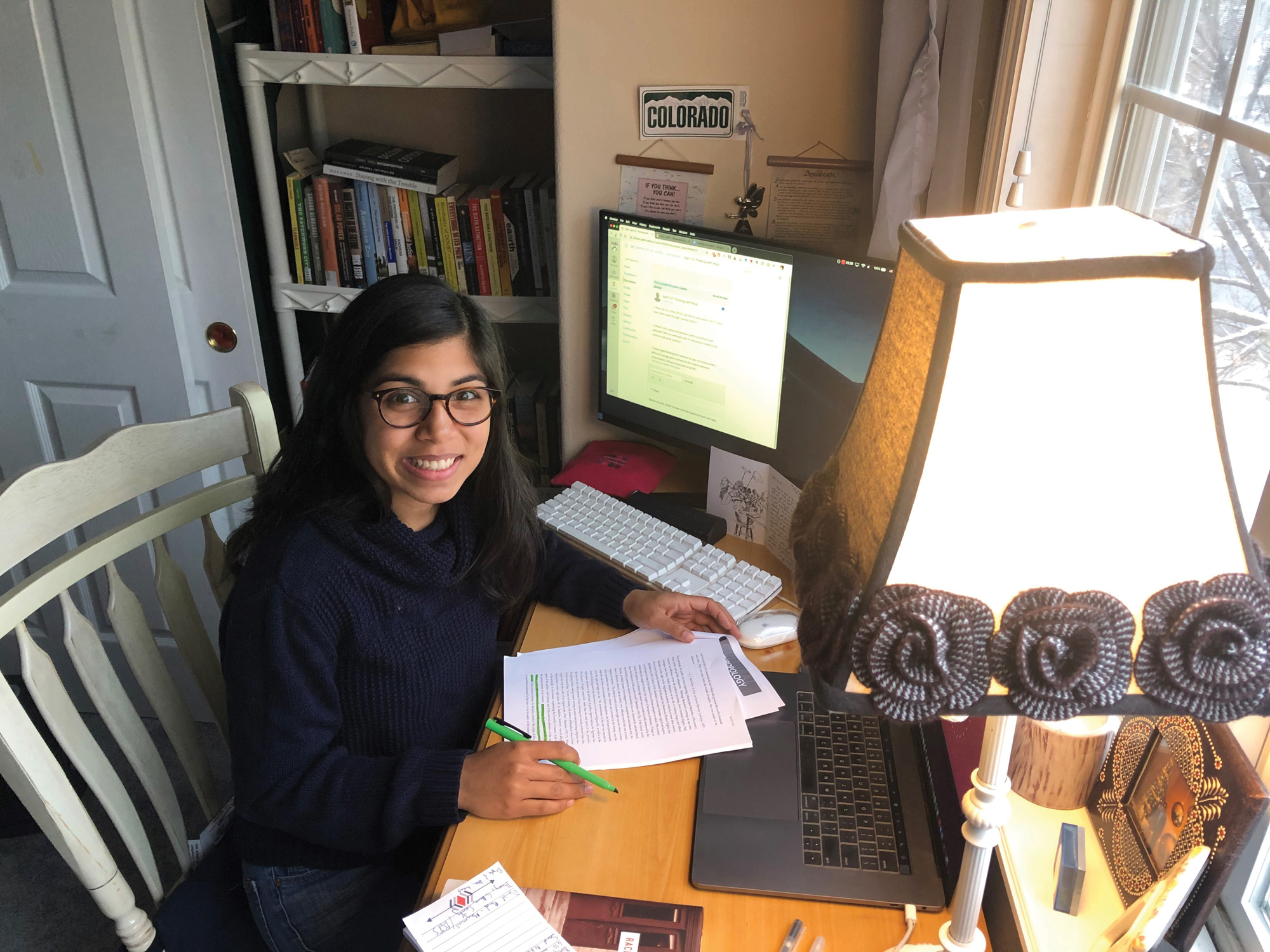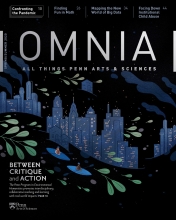Climate Change in Real Time
Raka Sen, doctoral student in sociology, studies how inhabitants of the Sundarbans region of India and Bangladesh respond to rising seas.

Discussion of climate change often centers on ways to prevent its worst effects. But in many parts of the world, people are already struggling with the impacts of a warming climate. One such place is the Sundarbans region of India and Bangladesh.
Raka Sen, a doctoral student in sociology, who has family connections in the Sundarbans, traveled there last summer to study how residents are responding to rising seas, coastal erosion, and salination of local water sources exacerbated by devastating storms.
“I had heard about Cyclone Alia, which hit the Sundarbans in 2009,” says Sen. “I couldn’t help but feel called to see what was happening there.”
Traditionally, people in the Sundarbans have relied on freshwater ponds for both a water supply and a place to raise small fish. As the ponds and the region’s groundwater become saltier, people must walk farther each day to find fresh water. This task usually falls to the women, but the changes have affected whole communities, as men increasingly must travel to find work and some children forgo school to help earn money.
When the University transitioned to remote learning, Sen returned home to Colorado where she finished her classes online, wrote a dissertation proposal, and prepared for comprehensive exams. She also continued to talk with her research respondents and collect data by phone.
“It’s an interesting time to be studying India and Bangladesh,” says Sen. “Diseases like this shed light on existing problems, such as where the edges of structural inequalities lie. I think it’s possible to both acknowledge the losses we’re experiencing as students, while also recognizing that it’s a tremendous privilege to sit in my childhood home and maintain intellectual stimulation amid this pandemic that is affecting so many people.”




